In a small Brazilian town, a mother watched helplessly as her young son’s fragile life slipped away. Doctors had warned there was little hope—his condition was severe, his future uncertain. As faith wavered, whispers spread of a young Italian boy whose story was touching hearts across the world—the so-called “first millennial saint.” What followed would test the boundaries between science and belief, leaving many to wonder where faith ends and the unexplainable begins.
A Mother’s Joy Turned to Heartache
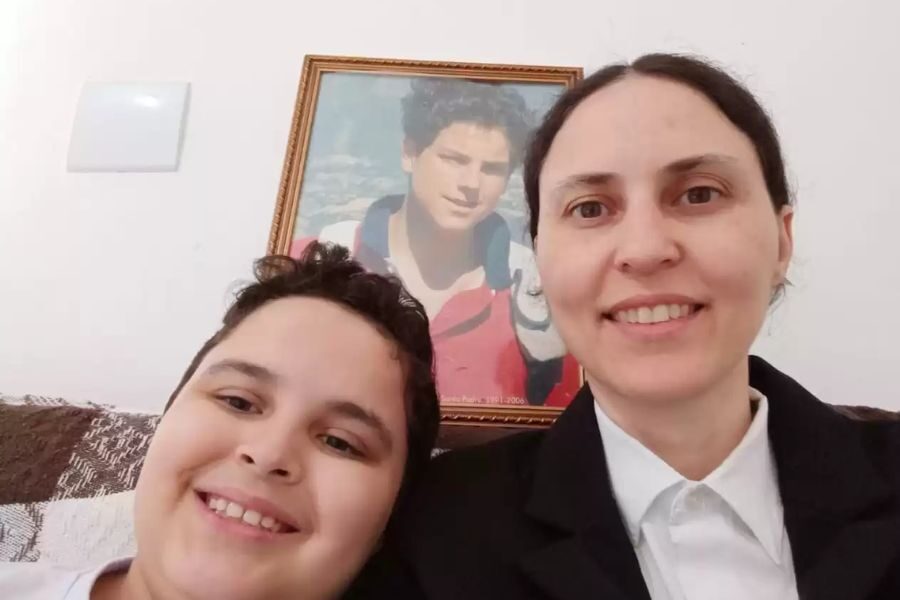
For Luciana Vianna, 2010 was meant to be a year of blessings. In a small hospital in Campo Grande, Brazil, the delivery room buzzed with anticipation, her heart swelling at the thought of holding her son for the very first time.
When Matheus was born, Luciana felt pure relief. Hearing his first cry, she imagined a healthy future ahead. But soon, doctors’ smiles faded, replaced by quiet concern.
Whispers filled the room as Luciana’s joy turned to worry. A doctor approached gently, requesting further tests. Something was wrong, and her celebration quickly shifted to fear.
A Devastating Diagnosis
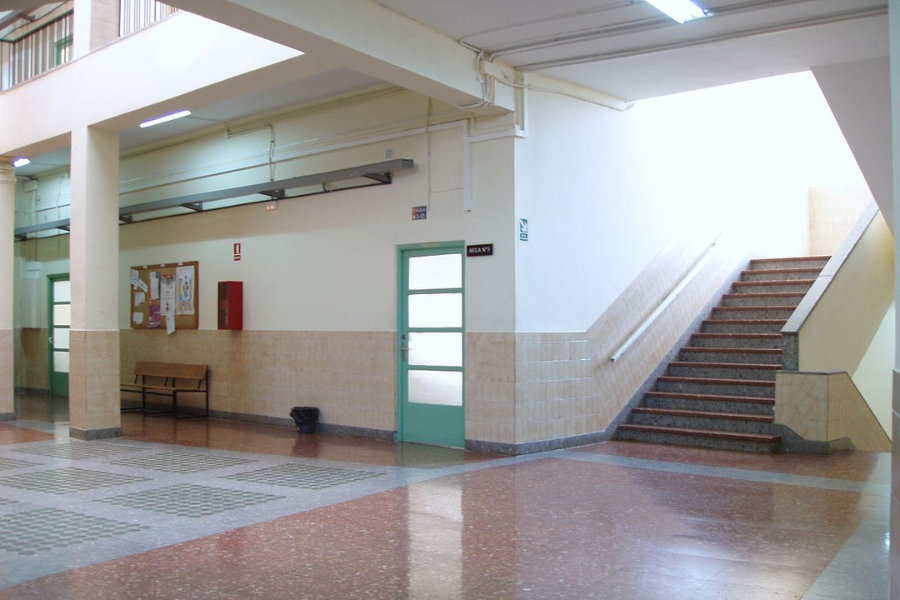
Soon after the baby was born, doctors began running a series of tests. Days later, they gathered Luciana and her family, their expressions solemn, ready to share difficult news.
Matheus, they explained, had been born with pâncreas anular—a rare condition where the pancreas forms a ring around the small intestine, causing vomiting, feeding issues, and dangerous blockages.
Luciana felt her world collapse. Just days earlier, she’d imagined lullabies and first steps—now she faced fear and uncertainty. Would her baby survive? What future awaited him?
Facing a Difficult Reality
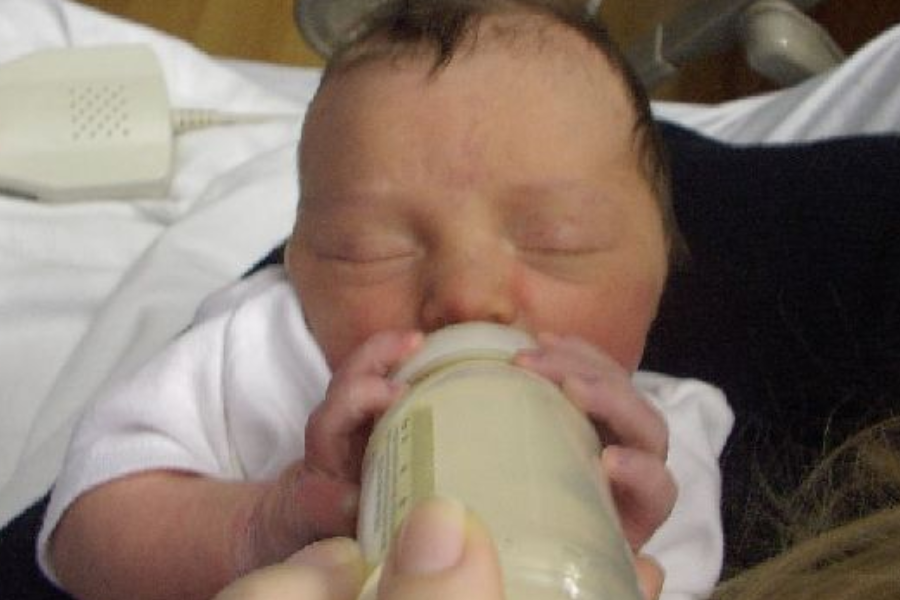
After several complicated weeks, baby Matheus was finally discharged from the hospital. Returning home filled Luciana with cautious hope as the family adjusted to their new normal.
As time passed, the true weight of Matheus’s condition began to show. His growth was slower, his progress harder, and daily life demanded constant care and patience.
Watching other children thrive while her son faced such challenges broke Luciana’s heart. Accepting this reality was painful, but she refused to lose hope for his future.
A Fragile Body
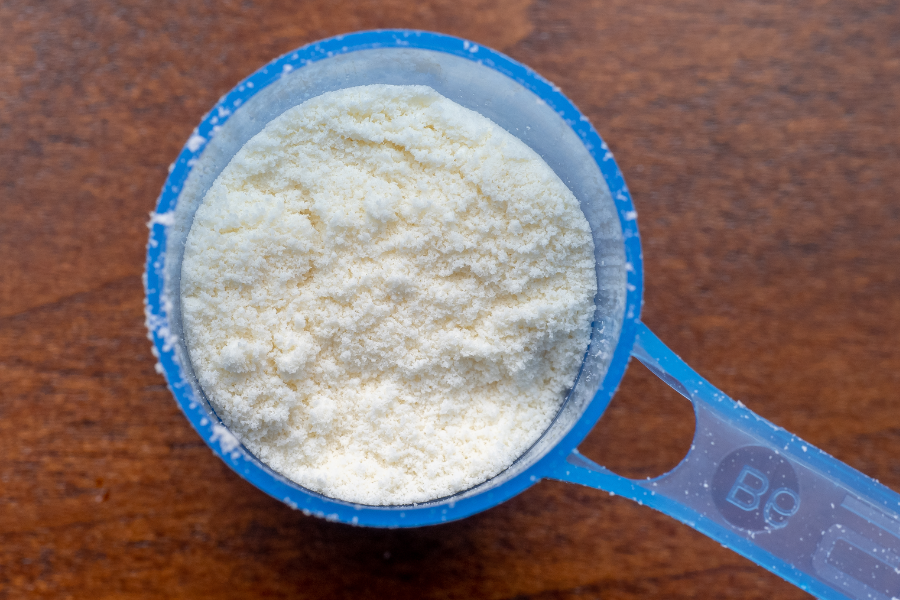
By the time Matheus was three and a half, his health was fragile. He weighed barely twenty pounds and survived on a special protein-vitamin shake.
His body couldn’t properly absorb nutrients—the shake stayed in his stomach only minutes before passing through.
Doctors offered few answers, leaving Luciana desperate and terrified for her son’s future. With nowhere else to turn, Luciana turned to faith.
A Mother’s Prayer
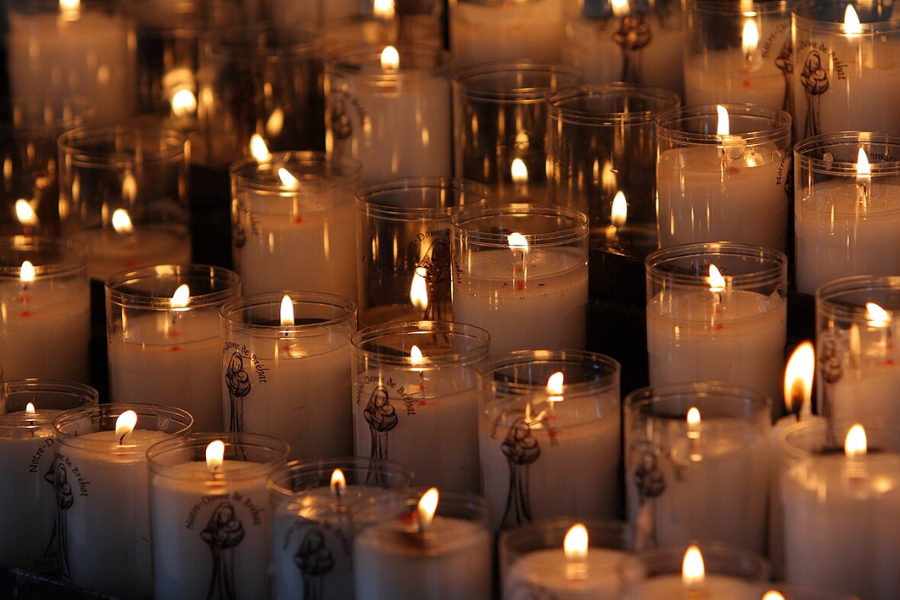
Like many in Brazil, Luciana had always been a devoted Catholic, but in her darkest moments, her faith deepened beyond anything she’d ever known.
Each day, she visited the small chapel in her town, lighting candles and whispering prayers. She prayed countless novenas—nine-day cycles of devotion asking for divine intervention and healing.
At home, Luciana even built a small chapel of her own, a sacred space for her pleas. Her one constant prayer: that Matheus might someday heal and be able to feed himself.
Questions Without Answers
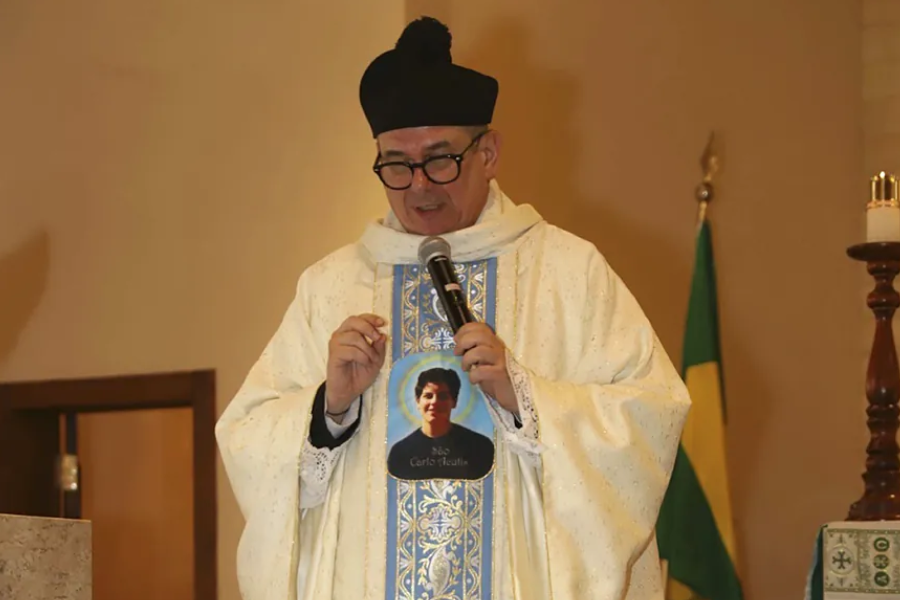
Despite his mom’s prayers Matheus’s condition remained unchanged. Luciana’s faith stayed firm, though fear and frustration quietly began to take hold.
She continued to pray, desperate for a sign that her son’s suffering would ease. Each day without progress made her wonder if miracles still happened.
“Where are the great miracles that once amazed people?” she tearfully asked Father Tenorio, her local priest, one afternoon. The priest could only listen—for now. One day, he would know how to help.
A Name That Offered Hope
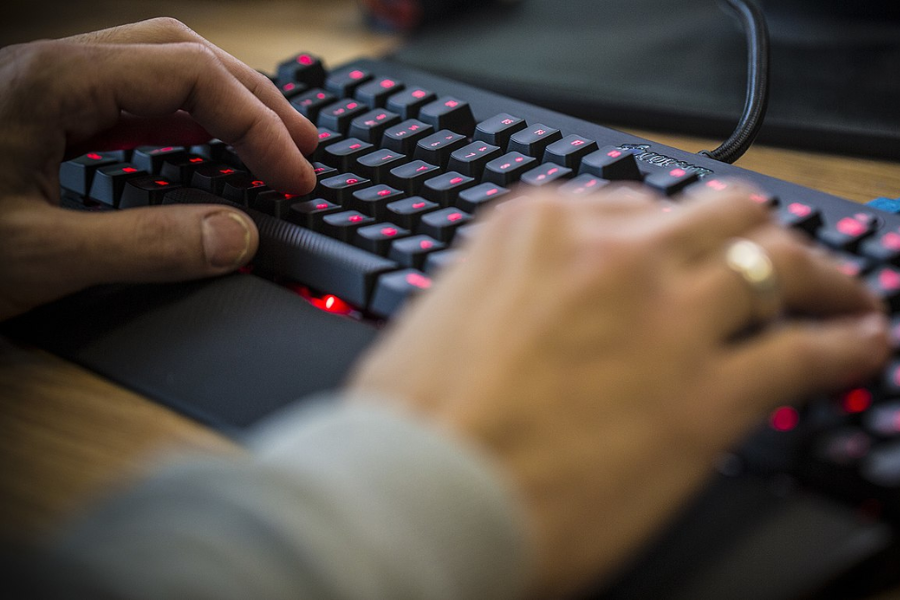
Father Tenorio couldn’t shake Luciana’s pain from his heart. Four years had passed since Matheus was born, and his condition was only getting worse. He longed to help her find comfort and a glimmer of hope for her child.
In 2013, while browsing the internet for stories of faith and healing, he stumbled upon a name that caught his attention—Carlo Acutis, a devout young Catholic.
Who was this boy, he wondered—and could his story hold the answer Luciana needed?
The Early Life of Carlo
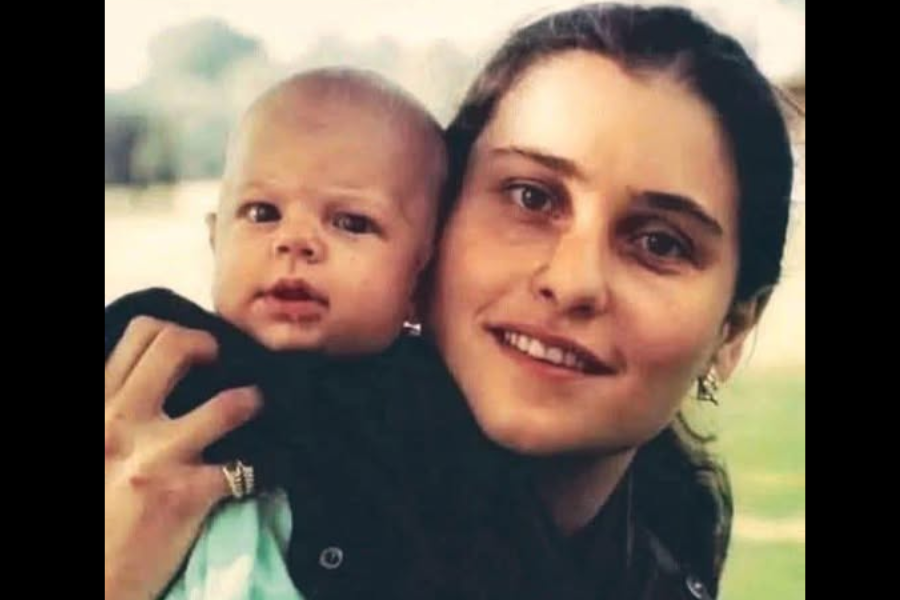
Carlo Acutis was born on May 3, 1991, in London, where his Italian parents, Andrea Acutis and Antonia Salzano, were living temporarily for work.
A few months later, the family returned to Italy, settling in Milan, the city where Carlo would grow up surrounded by faith, family, and a love for learning.
He attended schools run by the Marceline Sisters and later the Jesuit Liceo Classico León XIII. His childhood was simple and joyful—no one imagined the impact he’d one day have.
A Heart Drawn to Faith
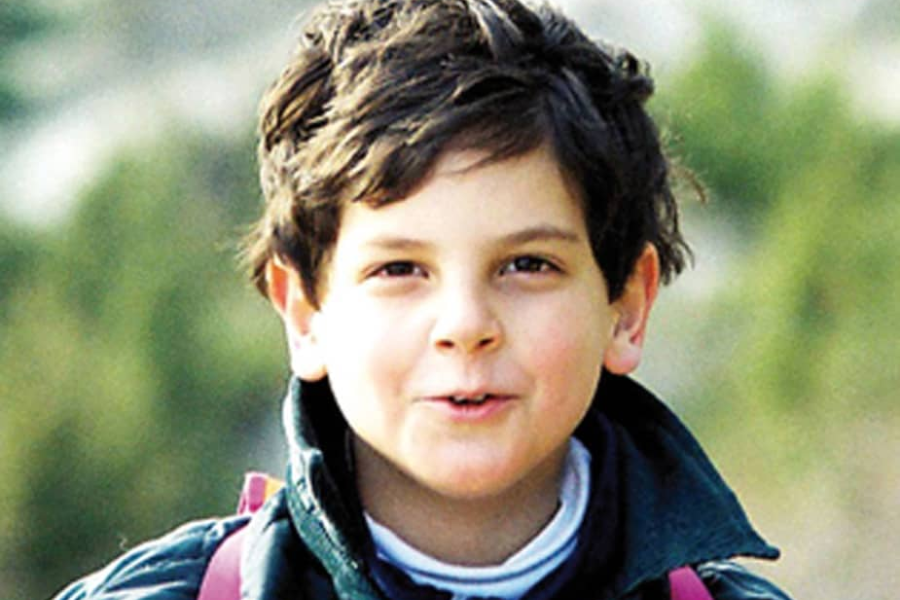
Though raised in a traditional but not deeply practicing family, Carlo showed an early fascination with faith. He loved visiting churches and asking to stop at local shrines during family trips.
From a young age, Carlo developed a deep devotion to the Virgin Mary—whom he lovingly called “the only woman in my life”—and to the Eucharist, a sacred Catholic celebration remembering Jesus’s presence in bread and wine.
He studied the lives of saints like Francis of Assisi, Anthony of Padua, and the children of Fatima, eager to learn from their holiness. His curiosity even led his mother to study theology, just to answer his many questions.
A Road to Heaven
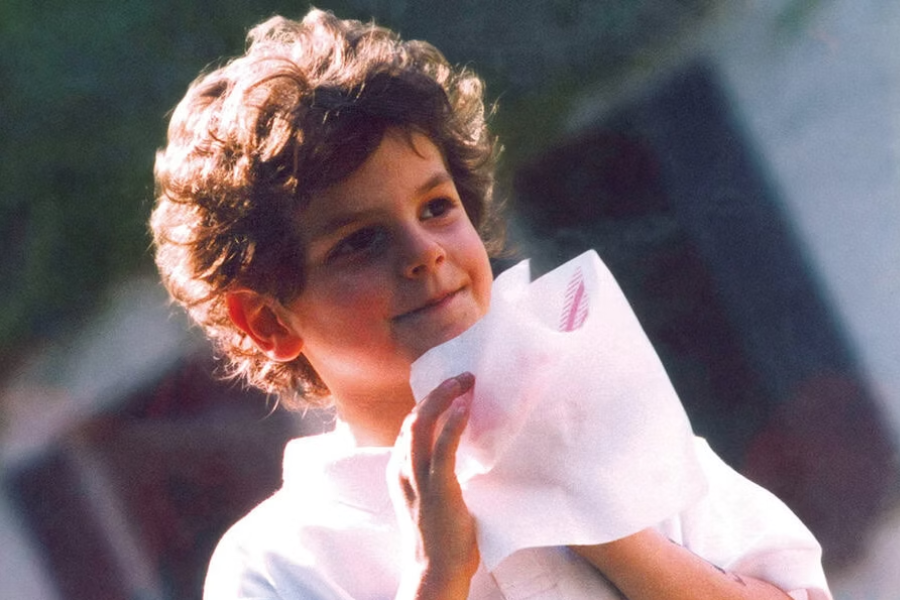
At just seven years old, Carlo asked to receive his First Communion—an uncommon request, since most children waited until they were older to take this sacred step.
In Catholic tradition, Communion means receiving the consecrated bread and wine, symbols of Jesus’s body and blood. Carlo’s insistence showed a rare and deep spiritual awareness for his age.
His parents sought guidance from Monsignor Pasquale Macchi, who recognized his sincerity and granted permission. In 1998, Carlo received the Eucharist—and from then on, never missed a daily Mass.
Faith in the Digital Age
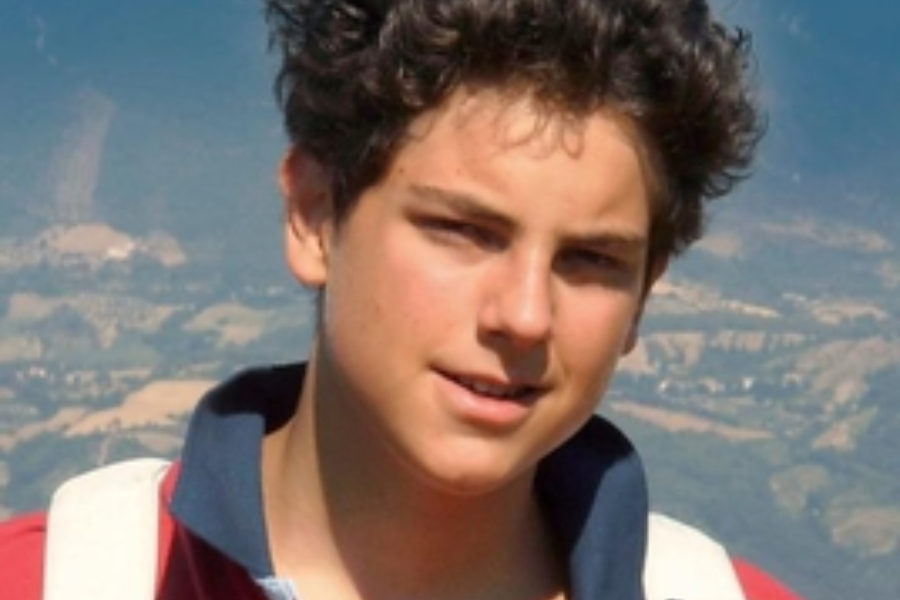
Carlo dedicated much of his free time to helping others. He visited the elderly, volunteered at soup kitchens, and gave his savings to those in need.
But perhaps his greatest impact came through technology. Born in 1991, Carlo was a true millennial—someone who saw computers not just as tools, but as instruments to spread faith.
Combining his love for technology with devotion, he created online exhibits showcasing Marian apparitions and Eucharistic miracles registered all over the world, using the internet to bring spiritual teachings to the modern world.
A Digital Apostle
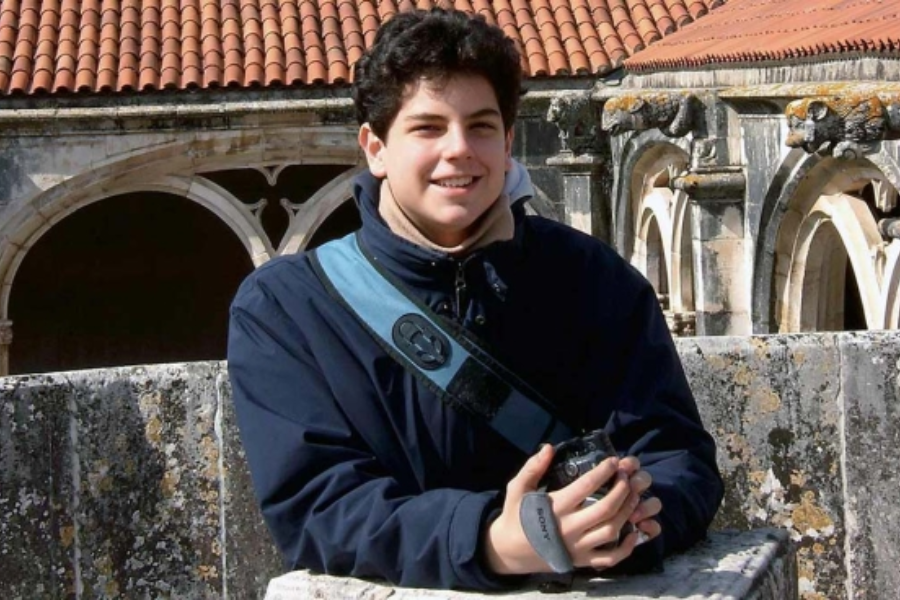
Carlo became a pioneer in using technology to share faith-based content, long before it was common. He saw the internet as a powerful tool for evangelization.
After two years of research and travels—with help from his parents—Carlo created one of his greatest works: an exhibition on Eucharistic miracles around the world.
The project documented 136 Church-recognized miracles with photos and descriptions. It began online but later toured five continents, earning Carlo the title of “patron of the internet.”
A Test of Faith
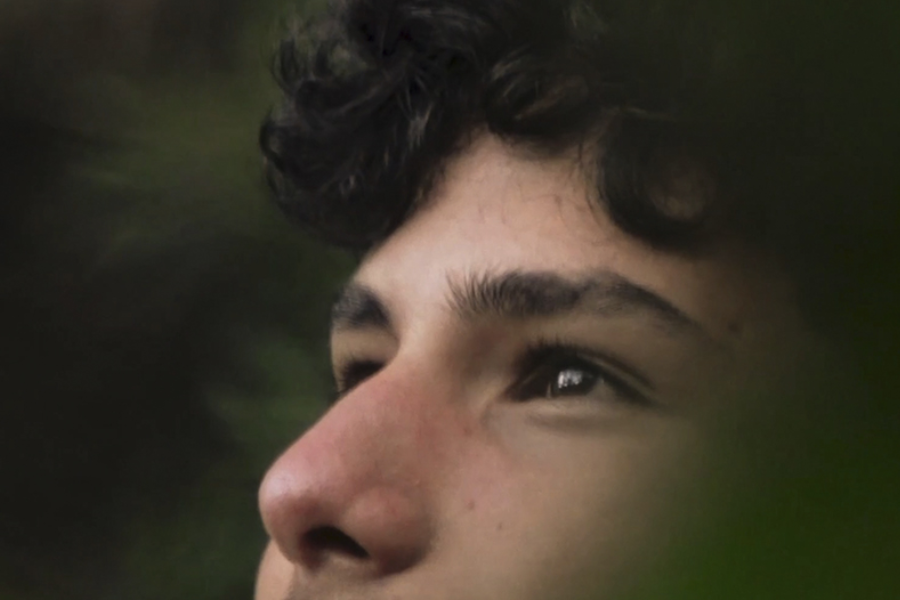
In October 2006, devastating news struck the Acutis family. At just fifteen years old, Carlo was diagnosed with acute promyelocytic leukemia, a rare and aggressive form of cancer.
When he entered the hospital, he looked at his mother and calmly said, “I won’t be leaving this place.” Even as the illness progressed, Carlo showed remarkable strength.
When nurses asked how he felt, he replied, “I’m fine. Others suffer much more. Please don’t wake my mother—she’s tired and would only worry more.”
A Final Resting Place
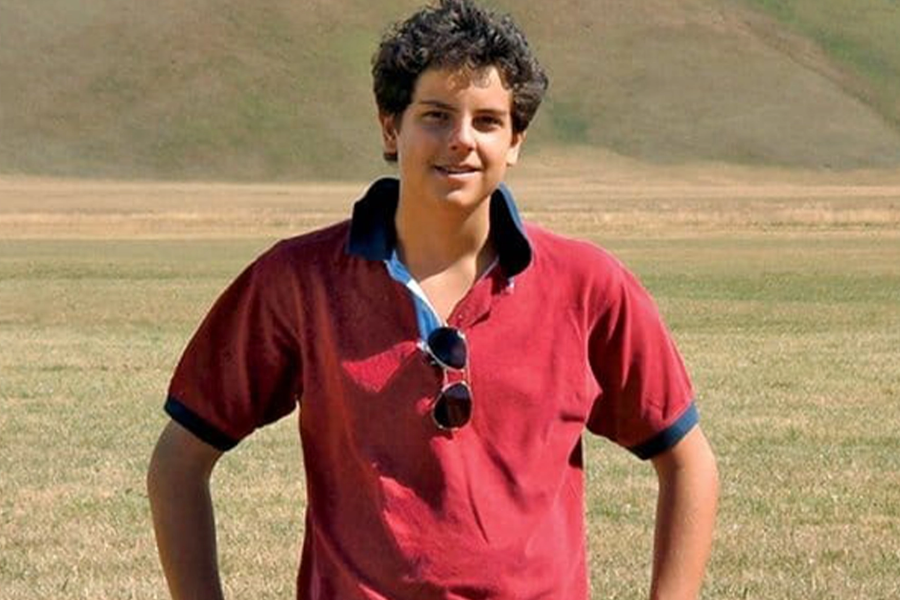
Three days after his diagnosis, on October 12, 2006, Carlo passed away, leaving behind a legacy of faith, humility, and grace in suffering.
Before falling ill, he had expressed one final wish—to be buried in Assisi, Italy, a place he held close to his heart for its deep spirituality.
Carlo admired St. Francis of Assisi and often said the city carried a “special air of holiness.” Honoring his wish, his family laid him to rest there.
A Legacy of Kindness
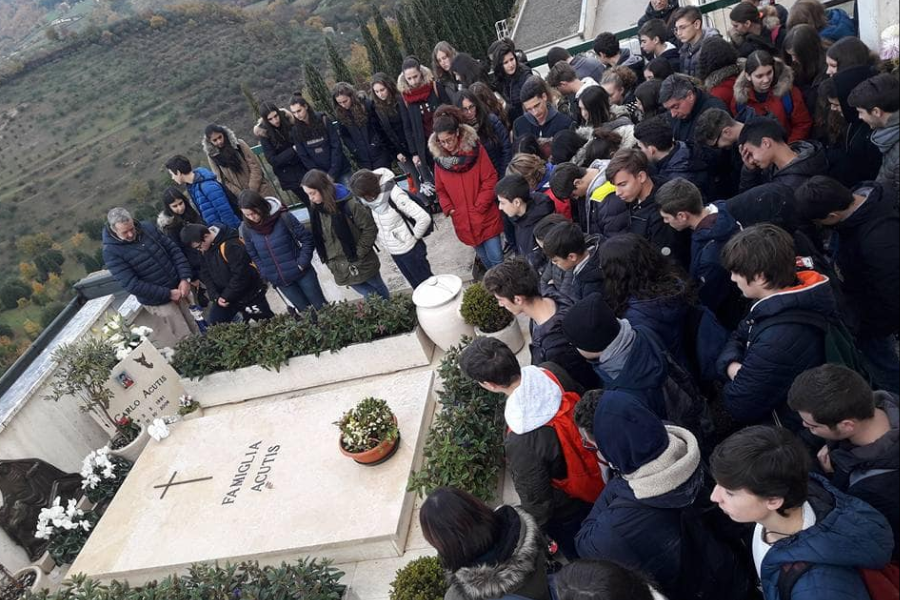
On the day of Carlo’s funeral, the church filled with people his family had never seen before—homeless men, immigrants, beggars, and children gathered to pay their respects.
They approached the family with tears and gratitude, sharing stories of how Carlo had quietly helped them through his charity, kindness, and simple acts of love and service.
Hearing their words, his family realized the depth of his impact. At just fifteen, Carlo had touched hundreds of lives—believers and nonbelievers alike—with compassion and faith.
A Digital Impact
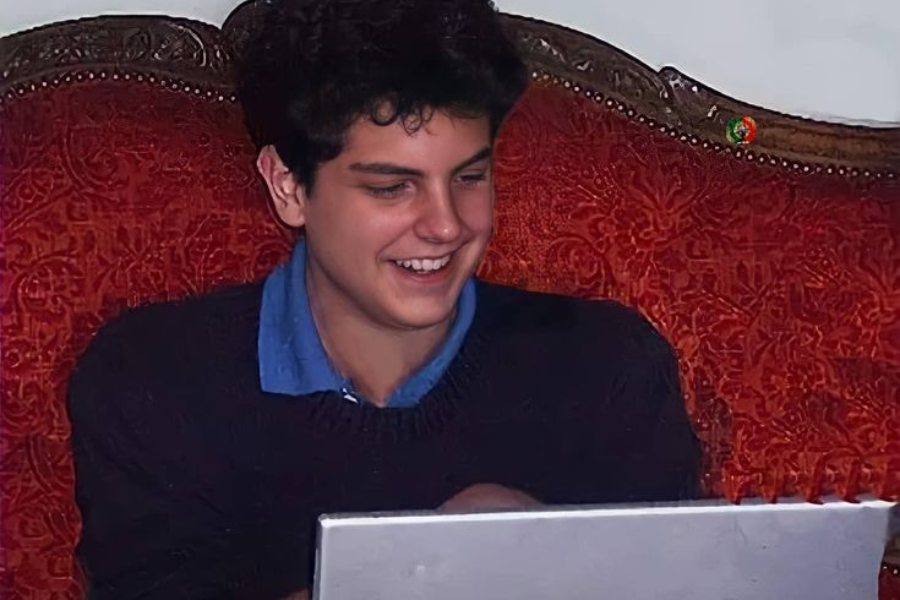
Shortly after Carlo’s passing, more than two hundred websites and blogs appeared worldwide, sharing his story in many languages and inspiring powerful conversations through his example.
It was fitting—Carlo had used the internet to spread his faith, and now that same space carried his message even further, touching hearts he had never met.
And that is how, one evening in 2013, while browsing the internet in his small Brazilian town, Father Tenorio stumbled upon Carlo’s name. Could this young Italian be the answer to Luciana Vianna’s prayers?
A Path Toward Hope
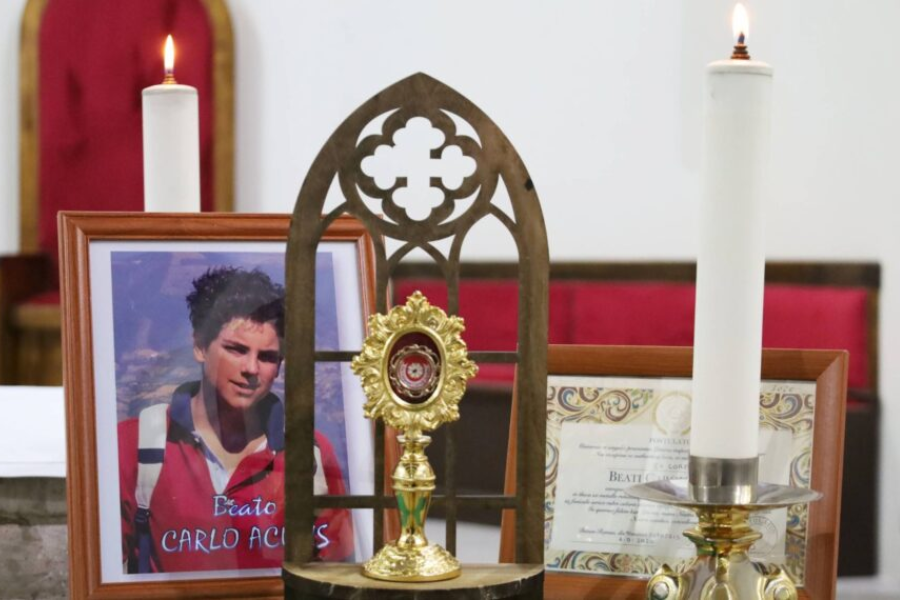
Through the internet, Father Tenorio learned about the life of Carlo, a 15-year-old known as the “Cyber Apostle of the Eucharist” and the “Millennial Saint.”
Moved by his story, he reached out to Carlo’s mother, Antonia Salzano, hoping to learn more about the boy who had inspired so many across the world.
To honor another anniversary of Carlo’s passing, he organized several days of prayer in his parish. He personally invited Luciana Vianna, urging her to bring Matheus, who was already 4 years old by then. Perhaps, at last, the boy could find help.
Light at the end of the Tunnel
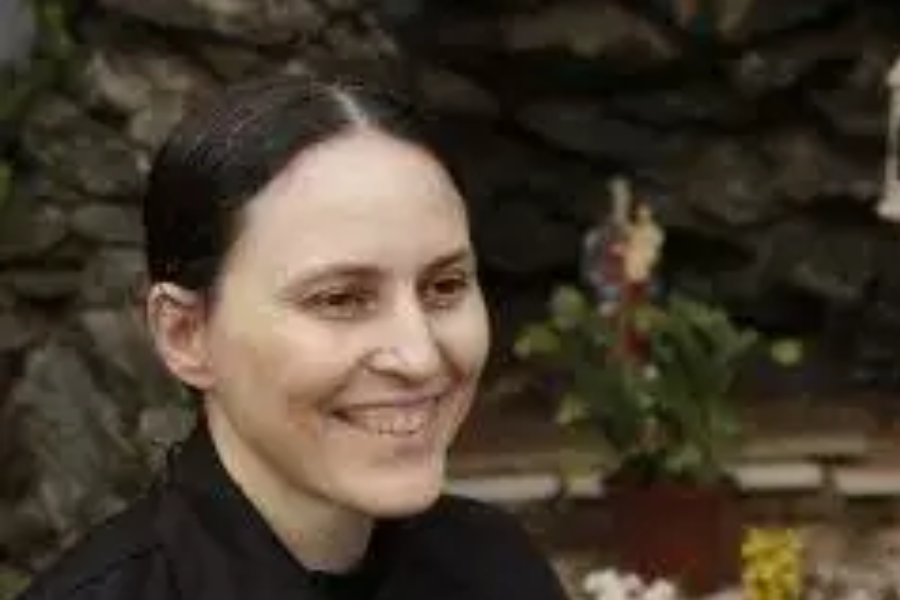
When Father Tenorio extended his invitation, Luciana felt something she hadn’t in years—a flicker of hope. Could Carlo be the answer to her son’s suffering?
By then, little Matheus’s health had worsened significantly. Every day was a struggle, and the family had grown weary from years of uncertainty and unanswered prayers.
Still, Luciana chose to hold on to that fragile hope. On October 12, 2013—the fourth anniversary of Carlo’s death—she arrived at her small local church with her family.
A Prayer from the Heart
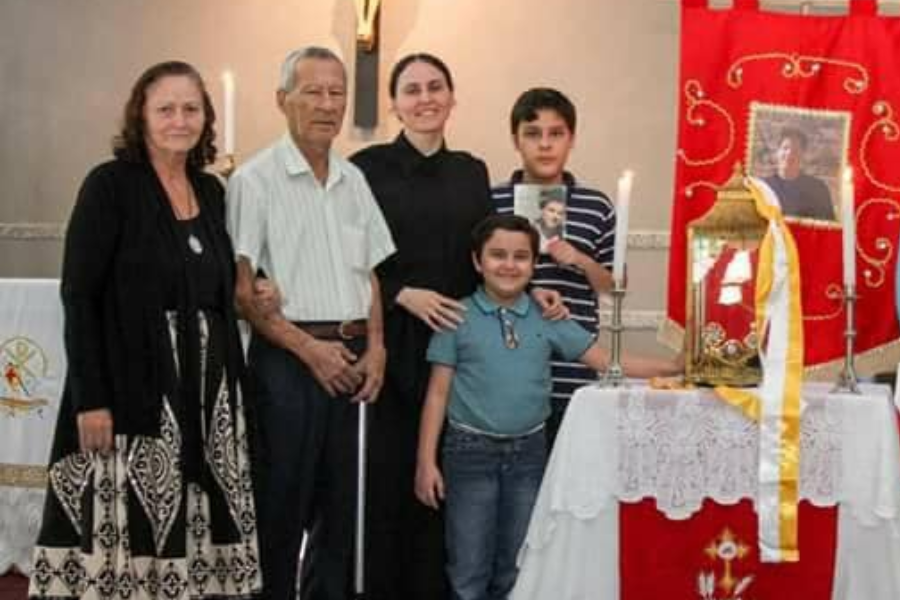
When the moment finally came, it was Luciana’s father—Matheus’s loving grandfather—who carried the frail boy in his arms toward Carlo’s relic.
The illness had weakened Matheus so much that he couldn’t walk on his own. As silence filled the small church, the family approached with deep reverence and quiet hope.
When it was his turn, Matheus gently touched the relic and spoke clearly, his voice trembling: “I want to stop vomiting.” Everyone present, aware of his suffering, was deeply moved by the scene.
Something Incredible Unfolds
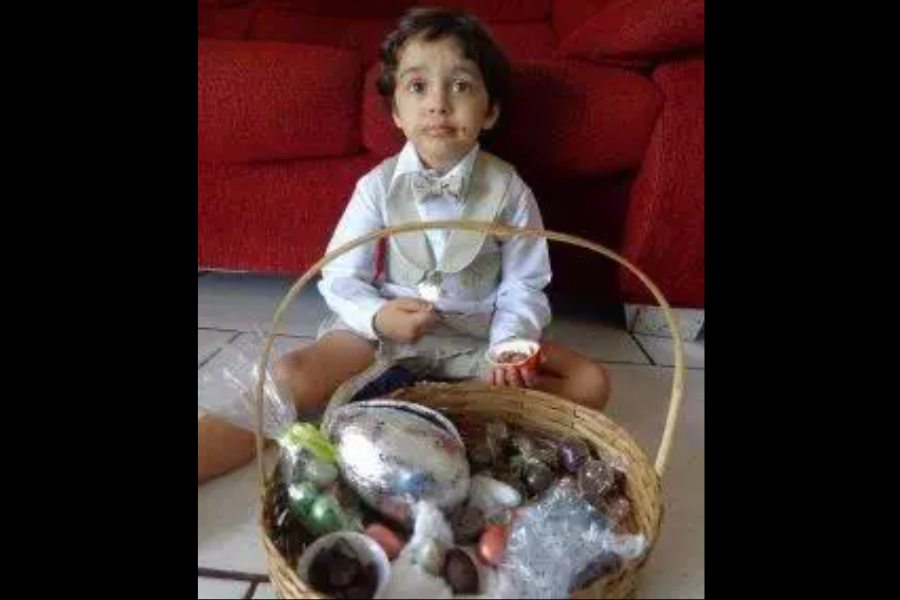
From that moment on, the lives of Matheus, Luciana, and their entire family changed forever. Something extraordinary had begun, quietly and undeniably.
That same day, after returning home, Matheus asked to eat like any other child. Luciana served him an adult-sized meal, certain he wouldn’t finish it.
To her astonishment, Matheus ate everything—and even asked for more. Waiting for the usual vomiting, Luciana watched in disbelief as nothing happened. For the first time in years, she cried tears of pure joy.
Signs of Healing
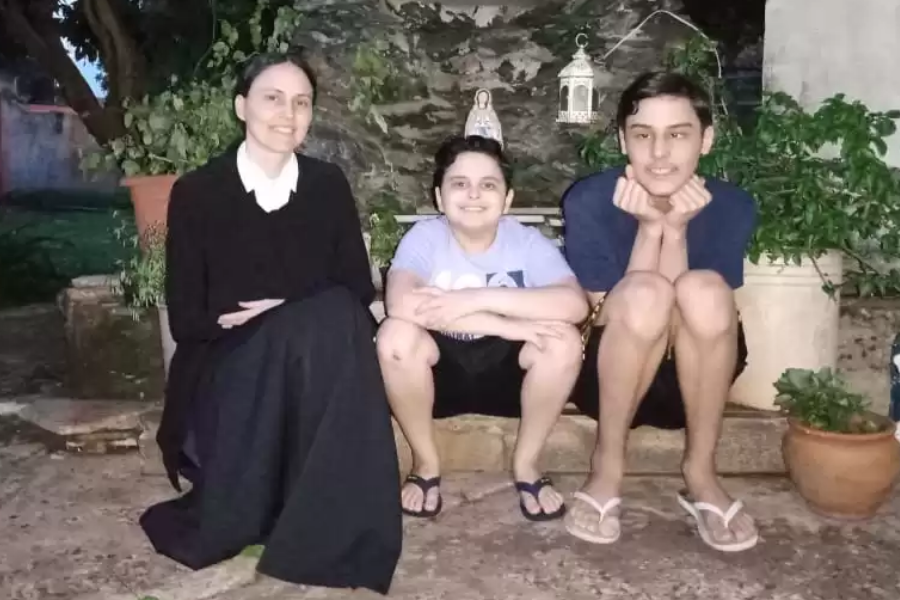
Luciana waited an entire month before allowing herself to believe what her heart already knew—that Matheus could finally eat like any other child.
When they returned to the doctors, she was told his recovery would take time. After years of malnutrition, his body couldn’t change overnight.
Still, progress was undeniable. Matheus was growing taller, gaining weight, and astonishingly, his pancreas had even transformed morphologically. At last, it seemed the young boy had truly been healed.
A Miracle or a Mystery?
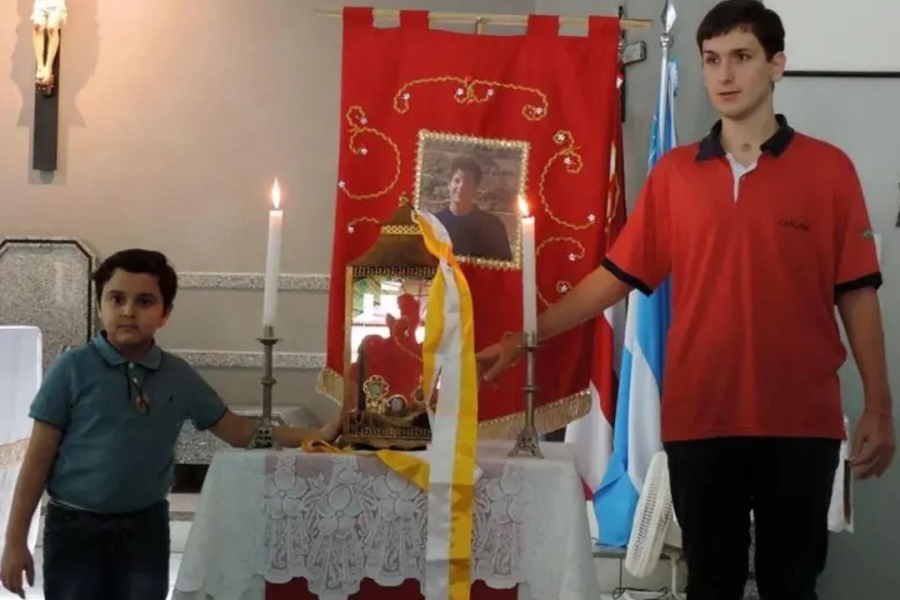
What truly happened that day? The answer depends on who you ask. Some might see it as coincidence, a rare and fortunate turn of events.
But for believers—especially Luciana and her family—there was no doubt. What happened to Matheus was a miracle, one they believed was worked through Carlo.
News of Matheus’s healing spread quickly around the world. Many believers came to see it as Carlo’s first recognized miracle—a sign of divine grace through a modern saint.
The Path to Beatification
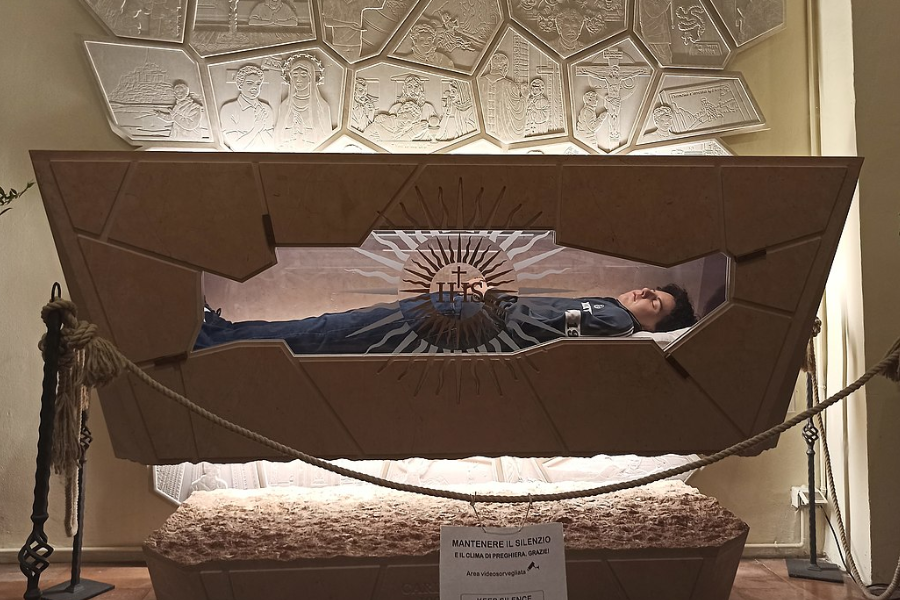
After news of Matheus’s healing spread, Carlo’s story touched millions. Devotion to the “Millennial Saint” grew, and many began calling for his beatification.
Beatification, in the Catholic Church, recognizes a person’s holiness and allows public veneration. It is one of the final steps before sainthood.
On April 6, 2019, Carlo’s remains were moved to Assisi’s Church of Santa Maria Maggiore. Thousands attended, honoring a boy whose faith continued inspiring the world.
Blessed Carlo Acutis

On Saturday, October 10, 2020, Carlo was beatified in Assisi. The ceremony took place in the Basilica of St. Francis, led by Cardinal Agostino Vallini.
From Brazil, Matheus’s family watched the event live online, tears streaming as they witnessed the boy who had changed their lives honored by the Church.
Yet Carlo’s story didn’t end there—soon, many would believe he performed another miracle.
Another Life Changed Forever
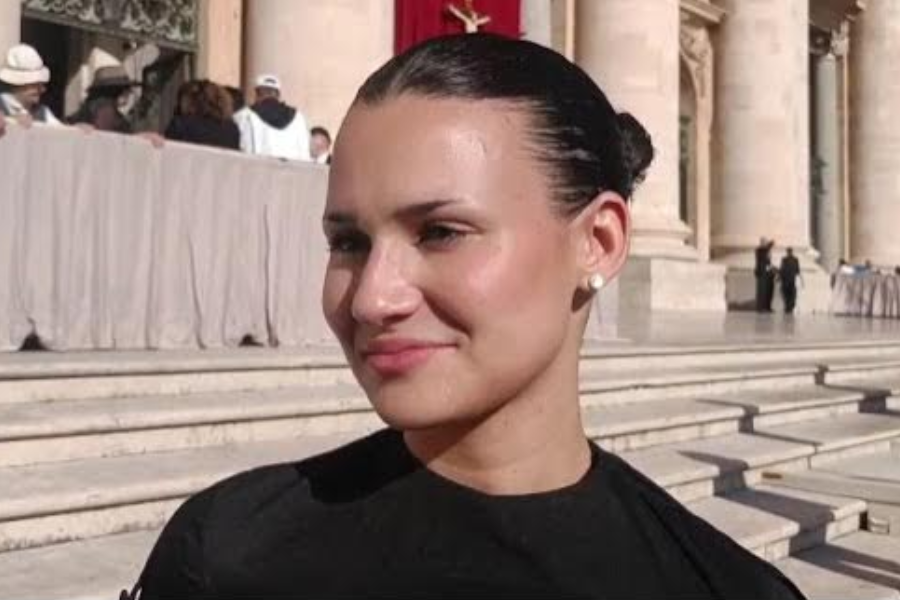
Valeria Valverde was a 21-year-old business student from Costa Rica, living in Florence, Italy, where she was pursuing her studies and chasing new dreams.
Her days were filled with hope and ambition—new experiences, new friendships, and plans for a bright future filled her heart with excitement and determination.
But on July 2, 2022, everything changed. In a single, fateful moment, Valeria’s life took a dramatic turn—one that would later connect her story to Carlo.
A Fight for Life
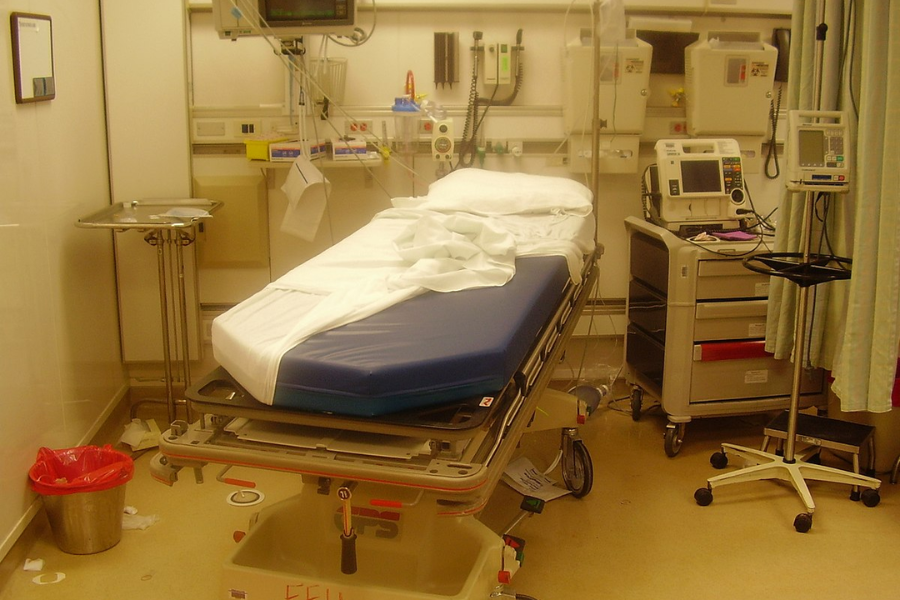
That tragic day, while riding her bike through the center of Florence, Valeria suffered a severe fall that left her critically injured and fighting for her life.
Doctors performed an emergency craniotomy, removing part of her right occipital bone to relieve the dangerous pressure building inside her skull. Her condition was extremely grave.
They warned her mother, Liliana Valverde, that Valeria might not survive the next 36 hours. Even in the best-case scenario, they said, permanent brain damage was almost certain.
A Mother’s Promise
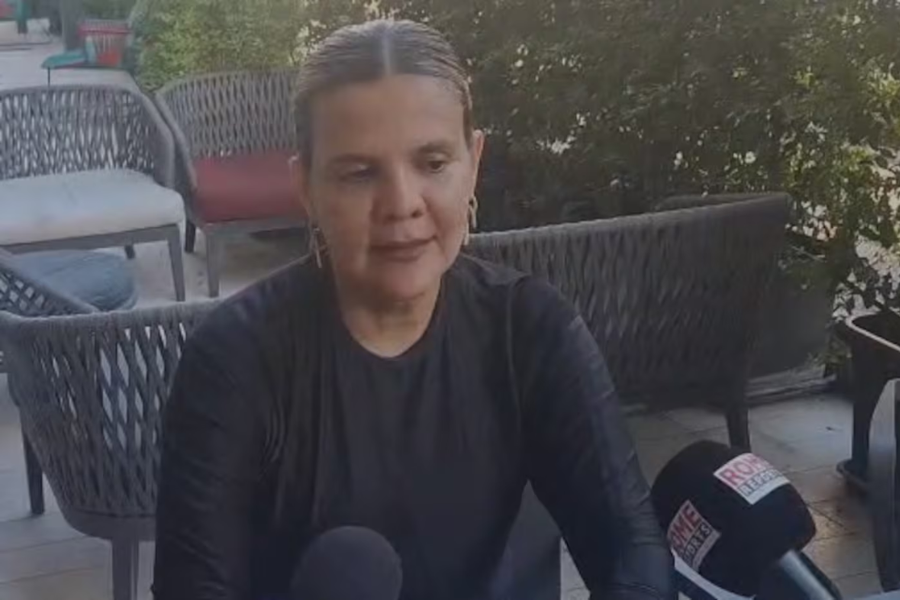
When the devastating news reached home, a woman who worked as Valeria’s mother’s secretary—and a devoted believer—immediately began praying to Carlo for Valeria’s recovery.
Days later, on July 8, Liliana decided to take her faith even further. She traveled on pilgrimage to Assisi, to the tomb of the young blessed.
There, she left a heartfelt letter and spent over four hours in prayer, pleading with Carlo to intercede and restore her daughter’s health.
An Unexplainable Recovery

Liliana returned from Assisi to Florence filled with faith and hope, convinced that her daughter’s healing would come through the intercession of Blessed Carlo Acutis.
Amazingly, her prayers seemed to be answered. Just days later, medical tests began revealing the unexpected—Valeria’s condition was improving far beyond what anyone thought possible.
On July 18, a CT scan showed her brain was completely free of swelling. Against all odds, Valeria not only survived but needed no rehabilitation—something doctors couldn’t explain.
A New Life
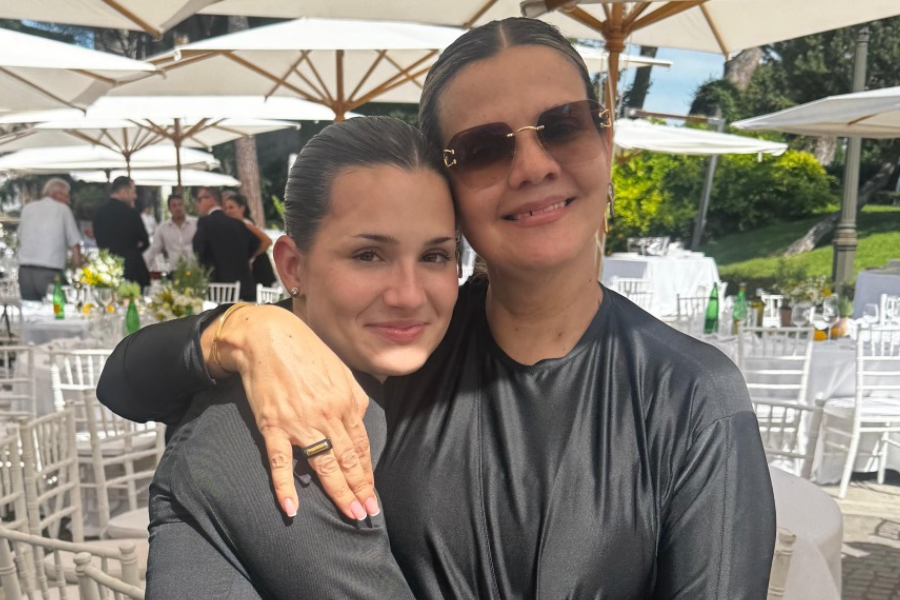
Today, Valeria lives a normal life, just like any young woman her age—studying, dreaming, and cherishing every moment as a blessing she once feared losing.
Her recovery was officially recognized by the Vatican as a miracle. On September 2, in gratitude for her complete healing, Valeria and her mother made a pilgrimage to Carlo’s tomb in Assisi.
For many believers, her recovery became his second official miracle, after Matheus’s in Brazil.
The First Millennial Saint
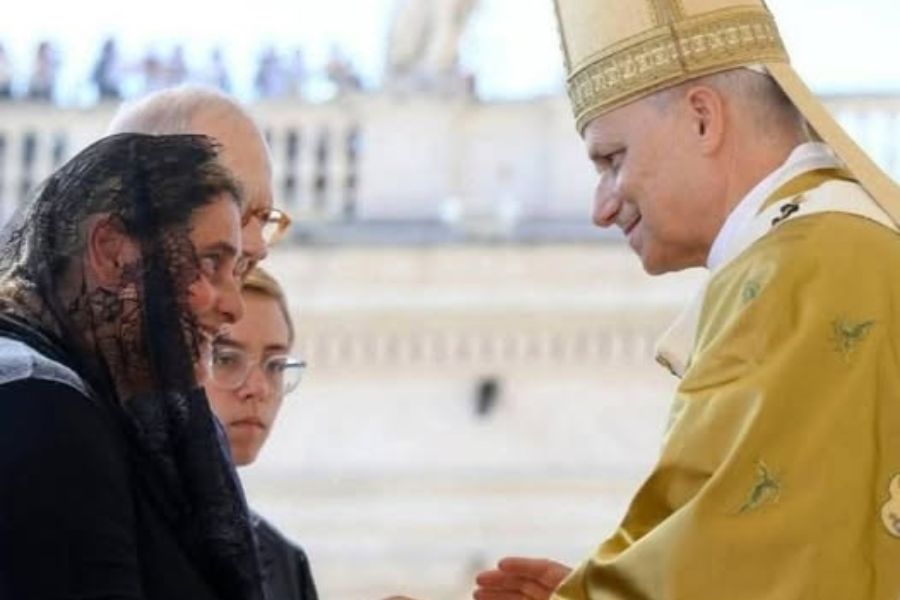
After Valeria’s extraordinary recovery—considered by many faithful a true miracle—the Church decided it was time to move forward with Carlo’s canonization process.
Already beatified in 2020, Carlo’s cause advanced when Pope Francis convened an ordinary consistory on July 1, 2024, to prepare the canonization of fifteen individuals, including him.
Finally, on September 7, 2025, Pope Leo XIV canonized Carlo Acutis during a historic ceremony in St. Peter’s Square, witnessed by an estimated crowd of 80,000 people.
A Meeting of Mothers
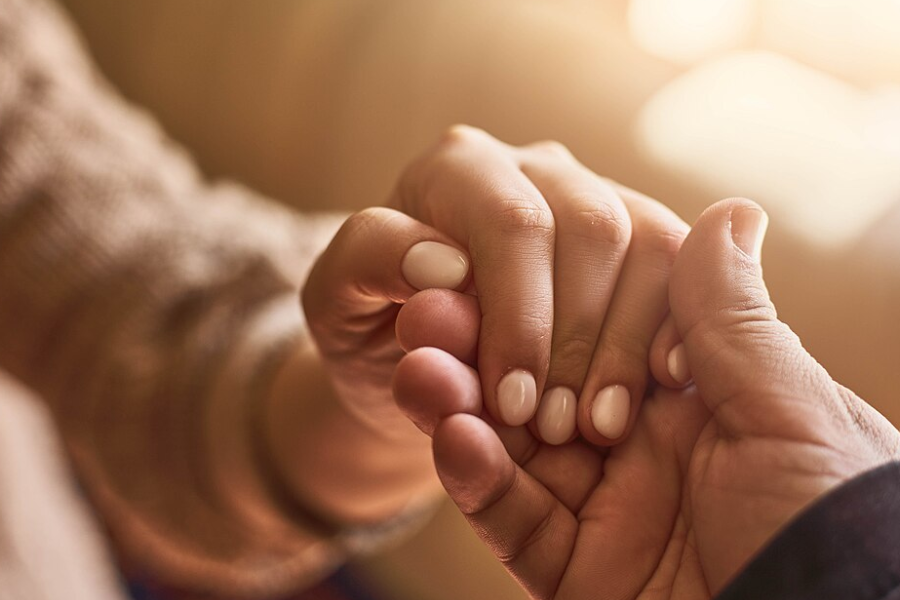
Among the thousands gathered for the canonization were Carlo’s parents and siblings, who watched with pride as their son was declared a saint before the world.
During the ceremony, an extraordinary encounter took place—a meeting between two mothers forever connected by faith, Liliana Valverde and Antonia Salzano.
“For me, it was the closest I could ever be to him,” Liliana shared. “When I met her in Assisi, I gave her the tightest hug—a mother-to-mother embrace, united by our sons.” Both women were deeply moved, their eyes filled with tears.
A Moving Speech
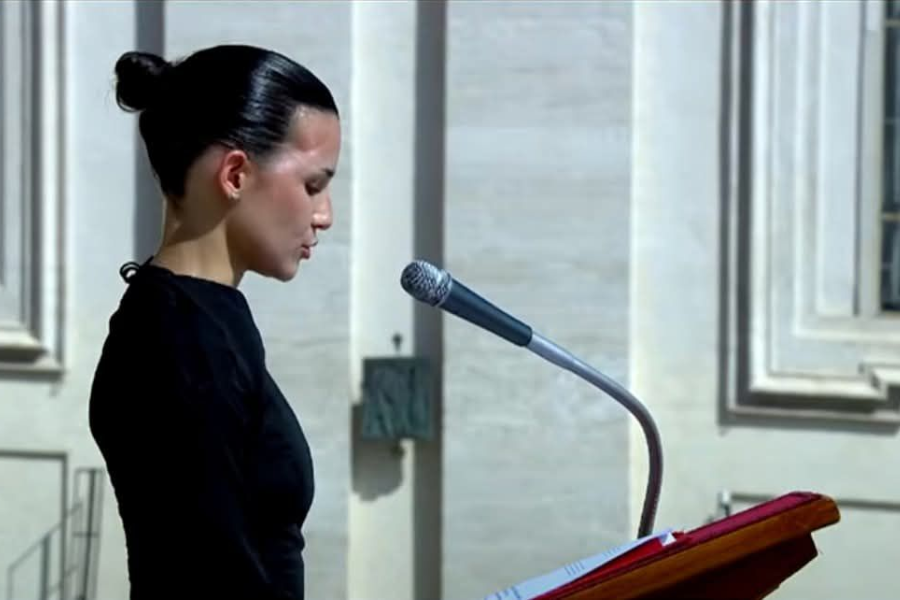
During the canonization ceremony, Valeria stood before thousands and read a passage aloud—her voice steady, her presence radiant, a living testament to faith and healing.
For her mother, Liliana, that moment was the greatest of all: seeing her daughter alive, whole, and at peace after such a long, painful journey.
Liliana said, “Science helped, but Carlo interceded with God so she could be healed. Live with faith, and trust in God’s mercy—it makes life lighter and far more meaningful.”
Joy from Brazil

From Brazil, the Vianna family rejoiced at the news of Carlo’s canonization, celebrating the sainthood of the boy they credit with changing their lives forever.
Matheus’s grandmother, Solange Lins Vianna, shared proudly that he is now “a normal teenager who loves to eat, play, and spend time on his phone.”
Since Matheus’s miraculous healing in 2013, the entire family has embraced their faith wholeheartedly, seeing Carlo’s intercession as a reminder of God’s enduring love and grace.
Just a Coincidence?
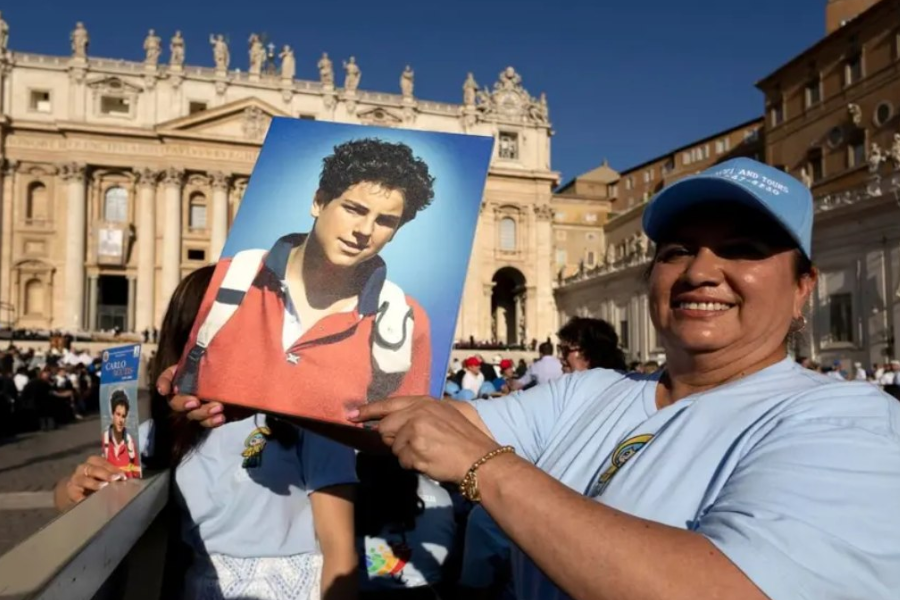
Were Carlo’s actions miracles or mere coincidences? Once again, it depends on who you ask—belief often shapes how each person interprets the extraordinary.
To some, Carlo was simply a remarkable young man with deep faith and compassion. To others, he is the first millennial saint—a bridge between technology and spirituality.
Perspective aside, one thing is certain: through his short yet meaningful life, Carlo left behind an extraordinary legacy of faith, kindness, and modern evangelization.
A Story of Love and Hope
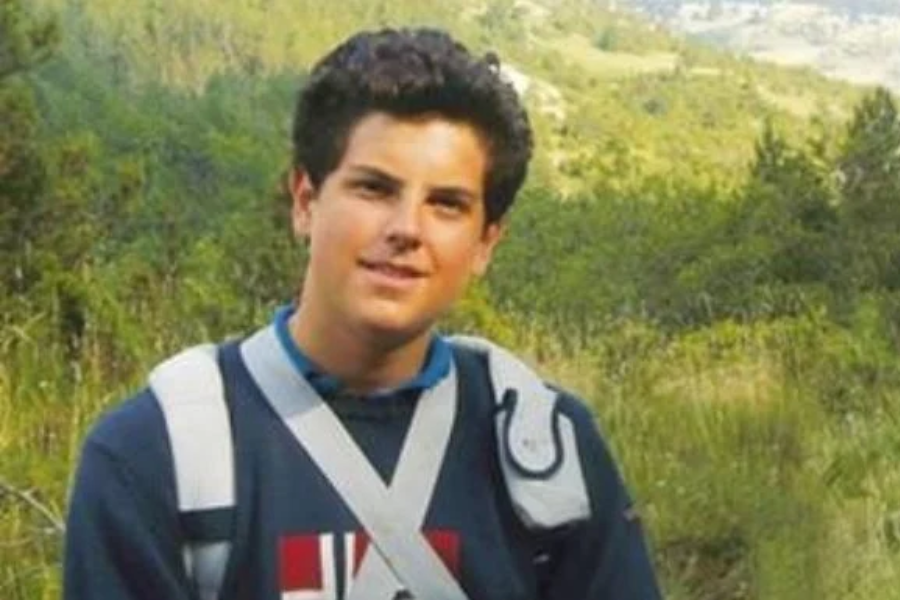
Whether one believes in miracles or not, Carlo’s story—and those intertwined with his—goes beyond faith. It’s ultimately about love, resilience, and connection.
It reveals the quiet power of compassion, the courage born from suffering, and the unity of families who refused to surrender even in their darkest hours.
Their intertwined journeys remind us that extraordinary strength can emerge from ordinary people, proving that hope can survive even when everything else seems lost or uncertain.
A Timeless Message
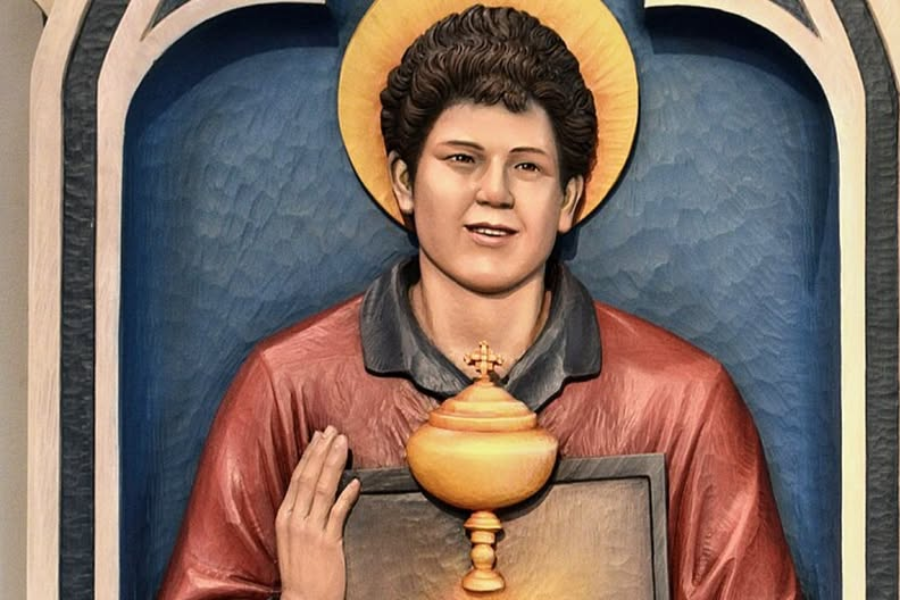
In today’s fast-paced world, genuine empathy can feel rare. Yet Carlo, Matheus, and Valeria’s stories stand as a powerful reminder of humanity’s enduring goodness.
Their experiences reflect the beauty of faith, the strength of love, and the comfort found in helping others through solidarity, prayer, and understanding.
Ultimately, their lives offer a timeless message—one of healing, grace, and hope—a reminder that kindness and belief can still light the darkest paths forward.

